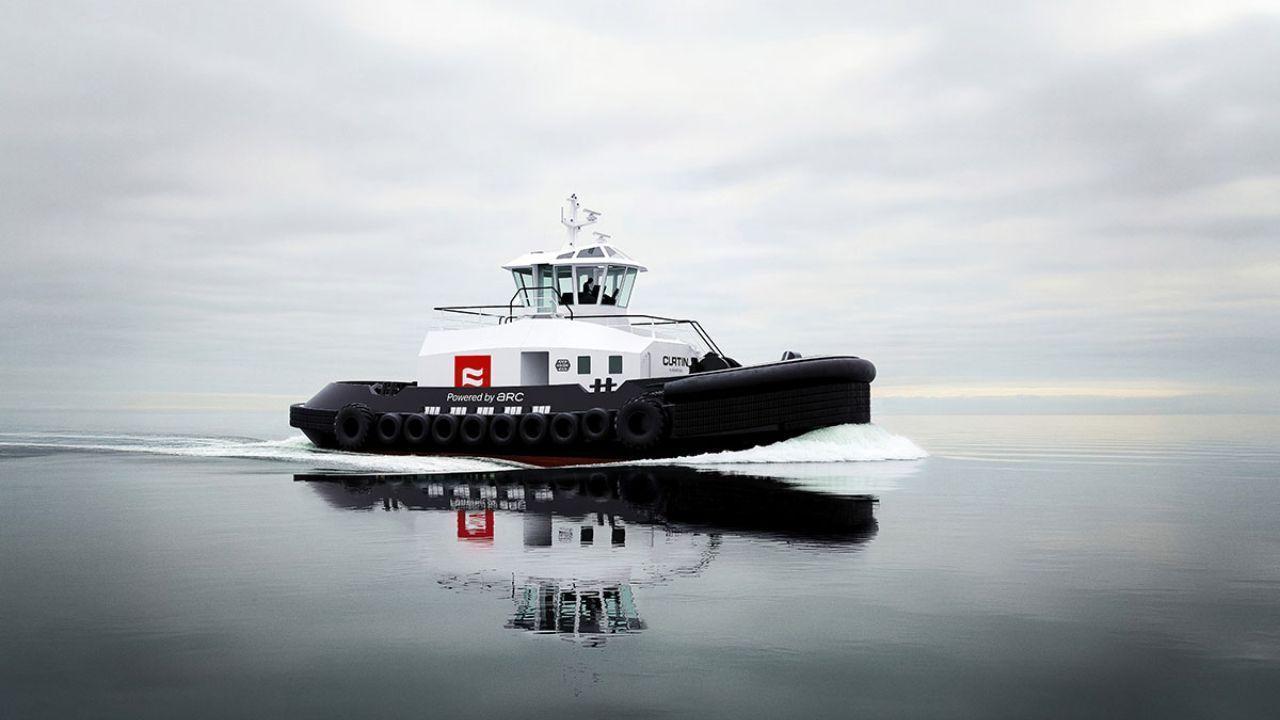
Post by : Avinab Raana
Photo : X / Arc
Big Boats, Clean Power: Arc’s $160 Million Marine Leap
Arc Boat Company has signed a groundbreaking agreement worth $160 million to build and deploy technical hybrid-electric tugboats, signaling that electrification of big boats is not just possible- it’s profitable and timely. The deal covers the construction of multiple ship-assist tugboats for the Ports of Los Angeles and Long Beach by 2027, with around 4,000 horsepower each and large battery capacity to tackle short but intense operations. This investment isn't a green PR stunt, it’s a turning point for how ports, operators, and marine yards run their heavy workboats.
Why Tugboats Are Ideal for Electrification
Tugboats spend most of their time operating at low speed, pushing or pulling big vessels, docking and maneuvering locally. That means they need high torque but not long range. Electrified propulsion fits perfectly: batteries and electric motors perform best under variable load, deliver instant torque, reduce vibration, and eliminate idling fuel losses. Since ports are stationary, charging infrastructure can be built once and used repeatedly. These characteristics make tugboats more “electrifiable” than many other marine vessels.
How Arc Plans to Deliver on the Deal
The $160 million investment will produce eight hybrid-electric tugboats, each rated at thousands of horsepower, each powered by multi-megawatt-hour battery systems. Arc will also handle the engineering, powertrain, and software, in partnership with Curtin Maritime. Most of this deployment is targeted for the West Coast by 2027, with the Port of Los Angeles among the early users. Alongside construction, Arc will develop supporting infrastructure charging hubs, software for real-time performance monitoring, and operational training for port crews.
Emissions, Noise, Local Health
Traditional diesel tugboats are dirty. They burn expensive fuel, leak diesel particulates into air and water, and generate noise. By switching to electric or hybrid systems, ports can slash carbon emissions, particulate pollution, sulfur oxides, and nitrogen oxides. For local communities, that means better air quality and less noise. Ports like Los Angeles already suffer air quality concerns; electric workboats are one direct way to clean the local environment and reduce emissions tied to climate goals.
Fuel, Maintenance, and Efficiency
Although electric hardware and battery systems cost more up front, the operation sees big savings. Fuel is one of the highest expenses for diesel tugboats electricity is cheaper, easier to price predictably, and gets cleaner over time. Maintenance costs also drop: fewer moving parts, less vibration, simpler drivetrains. Arc estimates savings up to 50% in operating costs compared to similar diesel-powered workboats when accounting for fuel, maintenance, and downtime. Over years of service, those savings offset high capital investment.
How Infrastructure Supports Viability
Ship electrification demands more than just the vessel. Charging infrastructure at the port is critical. Arc is already installing a charging hub along the wharf at AltaSea, an R&D campus in the Port of Los Angeles. The facility will support testing, docking, charging, and performance monitoring. Also needed are power grid upgrades, safety systems, battery storage, and effective scheduling to keep boats charged and ready without disrupting port operations. Without proper infrastructure, promises of electrification risk being delayed or under-delivered.
From Retrofits to Full-Electric Fleet
Arc’s strategy includes both retrofitting existing tugboats and building new hybrid-electric designs from the ground up. One of the first fleet additions is a 26-foot tugboat being retrofitted via Diversified Marine shipyard with Arc’s electric powertrain and dual-motor setup. It’s a testbed: smaller size, manageable risk, faster implementation. But the larger investment will deliver much more powerful vessels. Over time, we may see entire fleets—harbor tugs, assist boats, workboats move toward fully electric or hybrid power, with infrastructure to match.
Regulatory & Policy Headwinds and Support
Regulators are increasingly forcing cleaner marine operations, especially around major ports. Local air-quality boards, environmental regulations, and emissions oversight are pushing for alternatives to diesel. Meanwhile, policy support is growing: tax incentives, federal funding for clean infrastructure, funding for domestic shipbuilding and retrofits. Arc’s deal benefits from those policy trends, but also faces risks—battery supply, safety certification, regulatory permitting, and grid capacity all pose obstacles that must be managed carefully.
Real-World Port Impacts: LA and Beyond
Los Angeles and Long Beach ports are among the busiest in the United States. They handle a massive share of imports, exports, container traffic, and intermodal freight. Upgrading the tugboats here has outsized impact: cleaner harbor operations, fewer carbon emissions, less fuel transported, lower local health burden. Success in LA often becomes proof for other ports around the country and globally. If Arc can deliver performance, reliability, cost savings in such a demanding environment, many other ports are likely to follow.
Best Practices and Lessons in Workboat Electrification
Lessons for other operators emerging already include: design vessels for real-mission profiles (push, pull, dock), size batteries for short cycles rather than long range, build the powertrain and software in-house or tightly integrated, monitor results in real time to adjust usage, and factor in lifecycle costs not just upfront purchase prices. Also, crew training and operational habits matter a lot electric motors behave differently from diesels. Charging scheduling, maintenance, and shore-power logistics all must be planned as aggressively as the vessel design itself.
Global Trend: Electrification Where It Counts
Marine electrification isn’t new but heavy workboats like tugboats have historically lagged. Now, driven by environmental regulation, climate goals, high fuel costs, and corporate pressure, ports globally are starting to seek electric or hybrid versions. Arc’s deal shows that it’s not only niche or experimental, it’s becoming large-scale, high horsepower, serious money deployment. That shifts perception: electrification isn’t just for small ferries or leisure crafts, but for the backbone of port operations.
Risks & What Needs Watching
There are trade-offs. Battery weight and cost are still high. Charging demand could stress local power grids. Operating range and charging downtime must be carefully managed. Vessel reliability and safety under demanding conditions (tides, rough weather) require strong engineering. There is also risk of battery degradation or technology obsolescence. Financially, operators must see return on investment fuel savings, regulatory compliance benefits, carbon credits. If these don’t materialize, the model may slow.
Strategic Implications for Shipbuilders and Suppliers
Shipyards that retrofit existing hulls will be busy. Electric motor, power electronics, battery pack, cooling system suppliers are all needed. Domestic manufacturing of components can be revived, creating jobs. Suppliers used to diesel gear will need to pivot. Software for performance monitoring, electric control systems, safety monitoring will become standard. Curricula for marine engineering, ship design, and maintenance will need updating. This deal could kick off an entire ecosystem in electrified workboats.
Ports and Marine Cleaner by Default
If this model succeeds, ports around the world could transition over the next decade toward almost zero-emission harbor craft fleets. Tugboats may largely become electric or hybrid; charging infrastructure will become part of port design; diesel engines may be phased out. Communities near ports will breathe cleaner air. Operating costs across ports will decline, making digital-electric workboats a cost-competitive norm. Corporate and regulatory pressure will reinforce this trend.
Electrifying Big Boats Is the Move
Arc’s $160 million investment in tugboat electrification isn’t just a signal- it’s proof. It shows that marine electrification is economically smart, technically feasible, and environmentally necessary. By cutting emissions, lowering costs, and improving local air quality, this isn’t just clean dreaming, it’s clean doing. The tugboats may be working, but their impact could echo through every port and harbor on the planet. This deal proves big boats can be part of the green revolution if ports, policy, and technology all push together.
Electric tugboat, Marine electrification, Port of Los Angeles

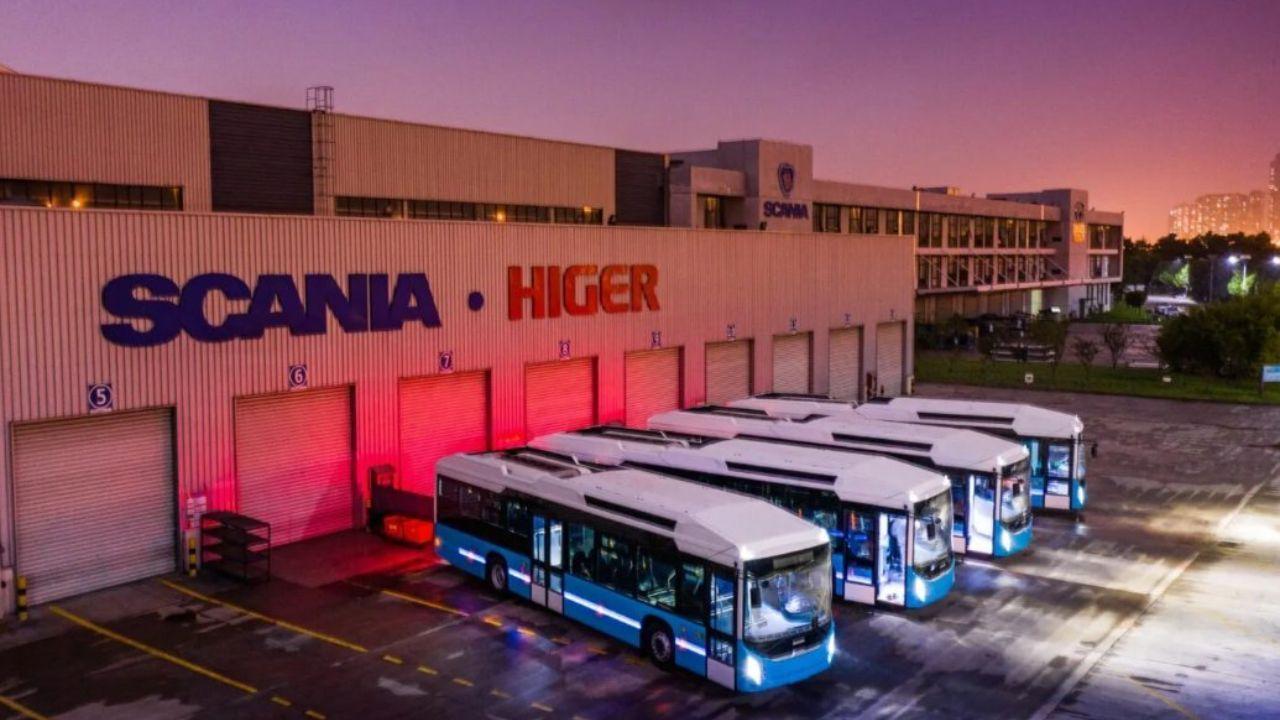
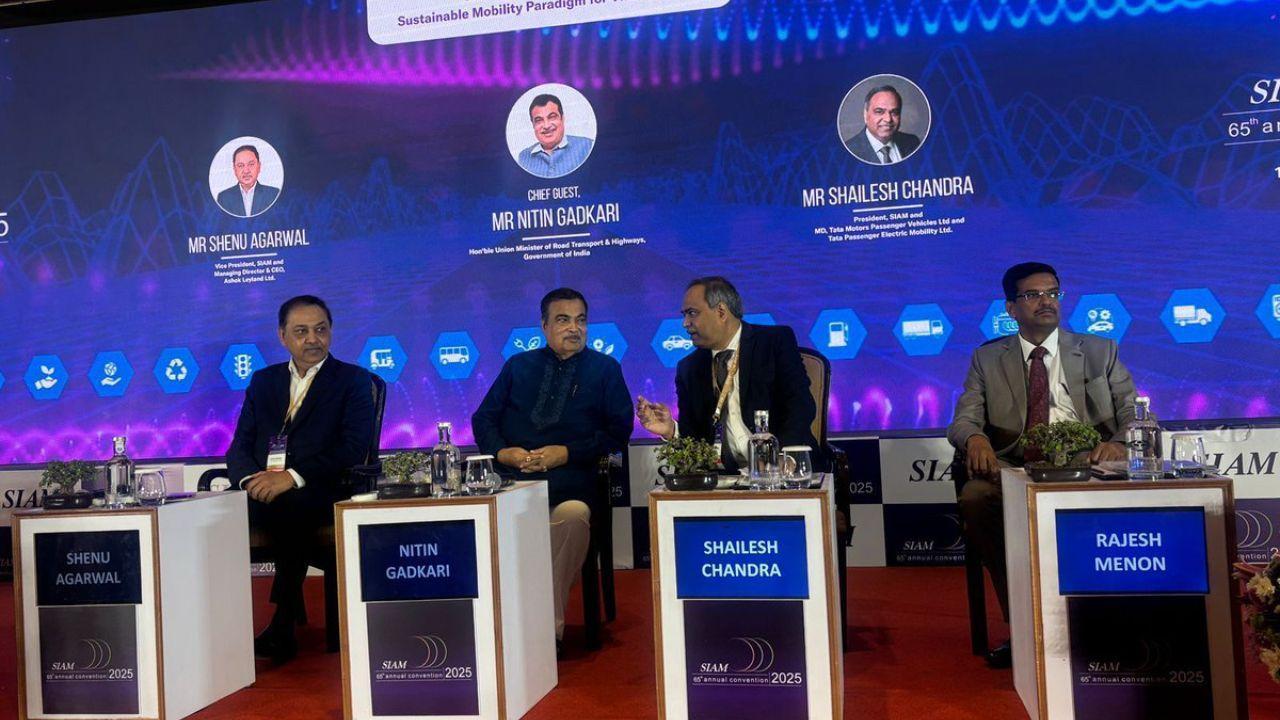
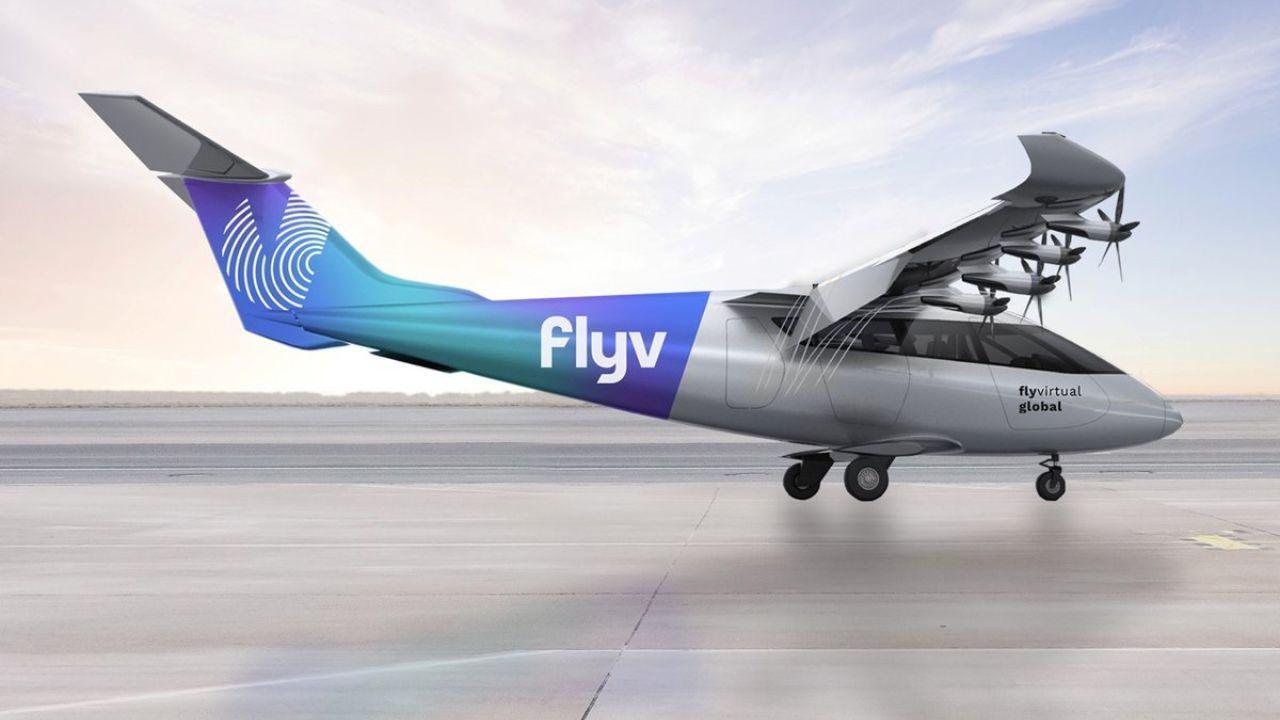
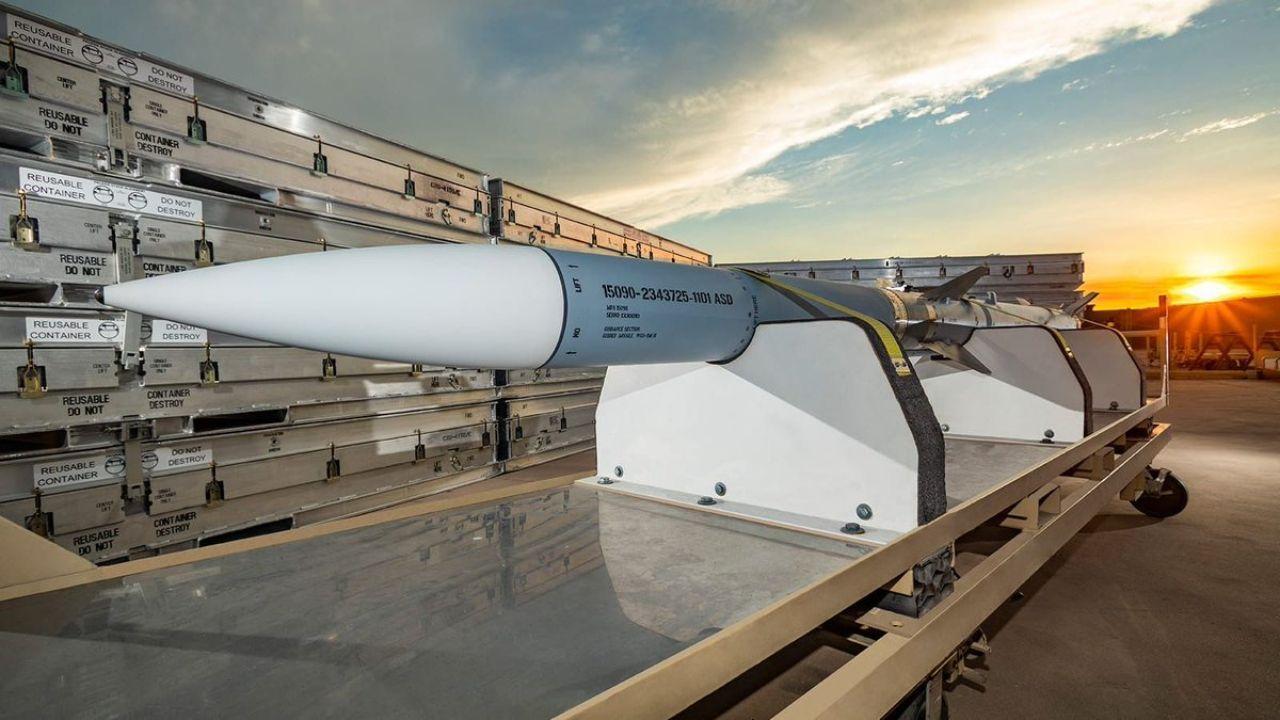
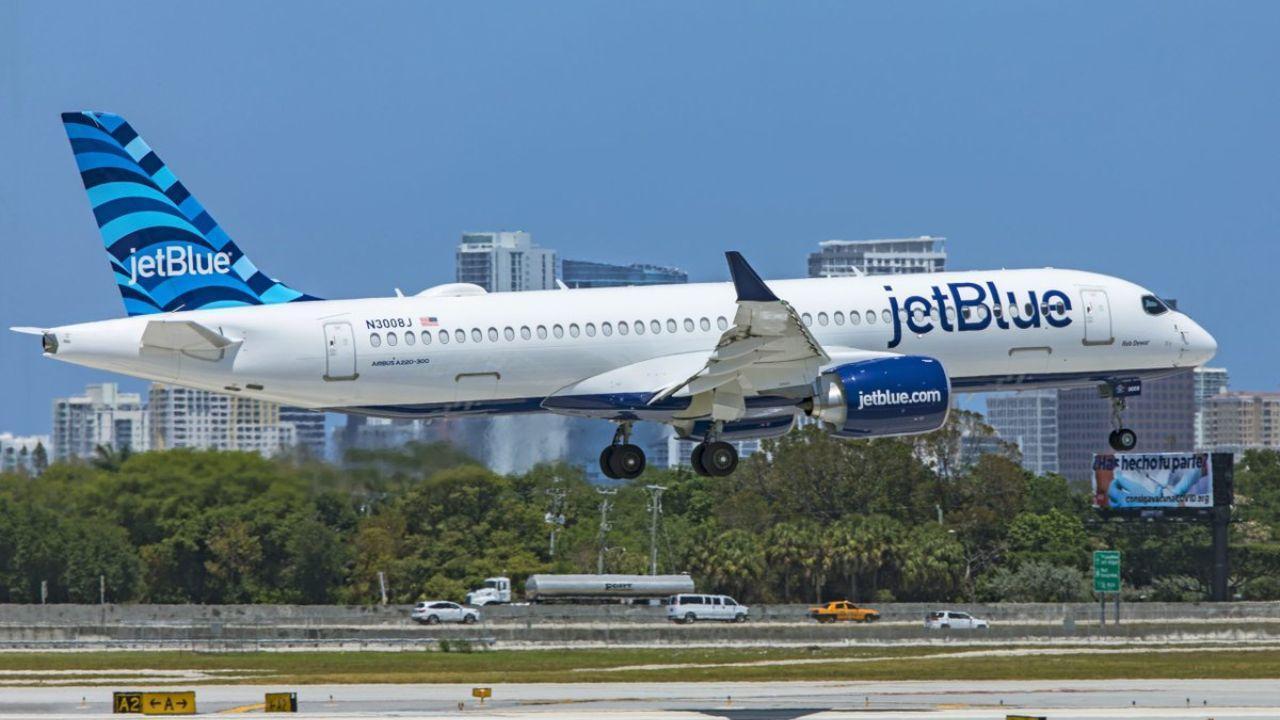



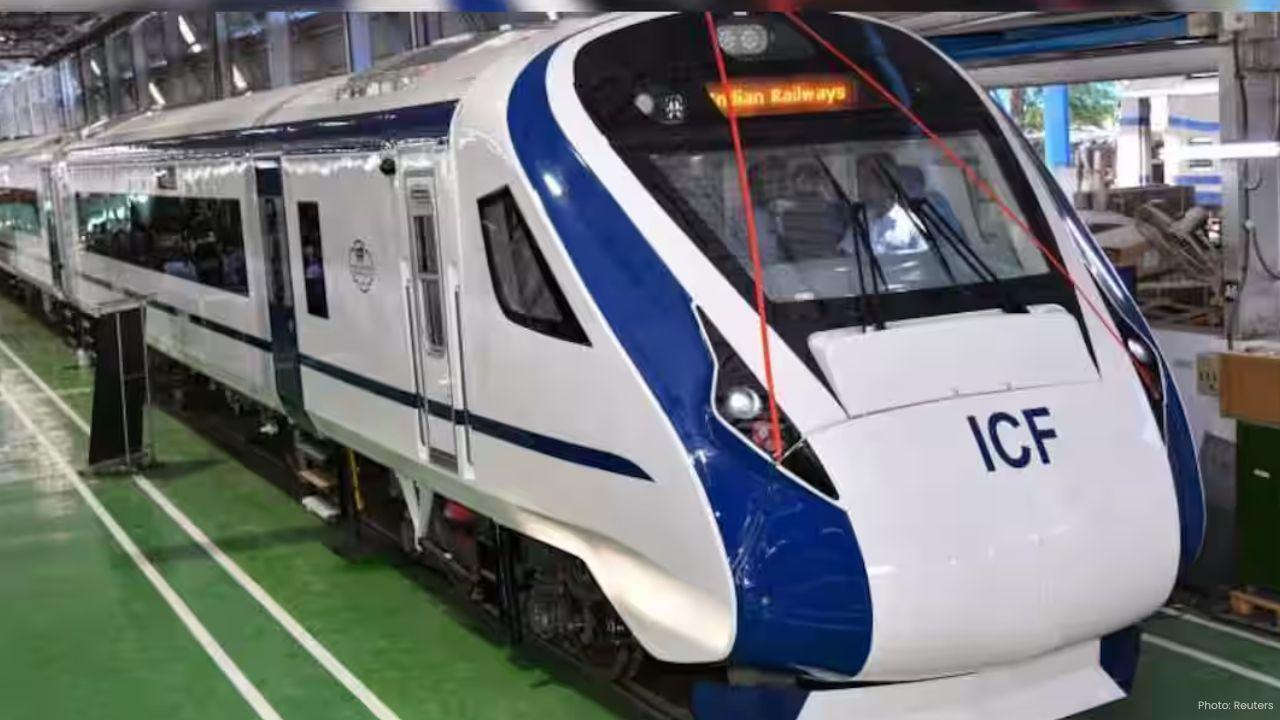
Vande Bharat Passenger’s Spitting Incident Sparks Nationwide Debate
A passenger spitting on the Vande Bharat Express floor sparks online debate on civic sense cleanline

OnTrac Introduces Ground Essentials Service for Affordable and Reliable Shipping
OnTrac launches Ground Essentials a new service offering cost-effective parcel delivery with up to 3

Breeze Airways Earns Five-Star Status as North America's Top Airline
Breeze Airways achieves a five-star rating marking it as North America's leading major airline for 2

Royal Enfield Cuts Prices on 350cc Bikes After GST Rate Reduction
Royal Enfield reduces prices on 350cc motorcycles from September 22, 2025, following GST rate cuts,
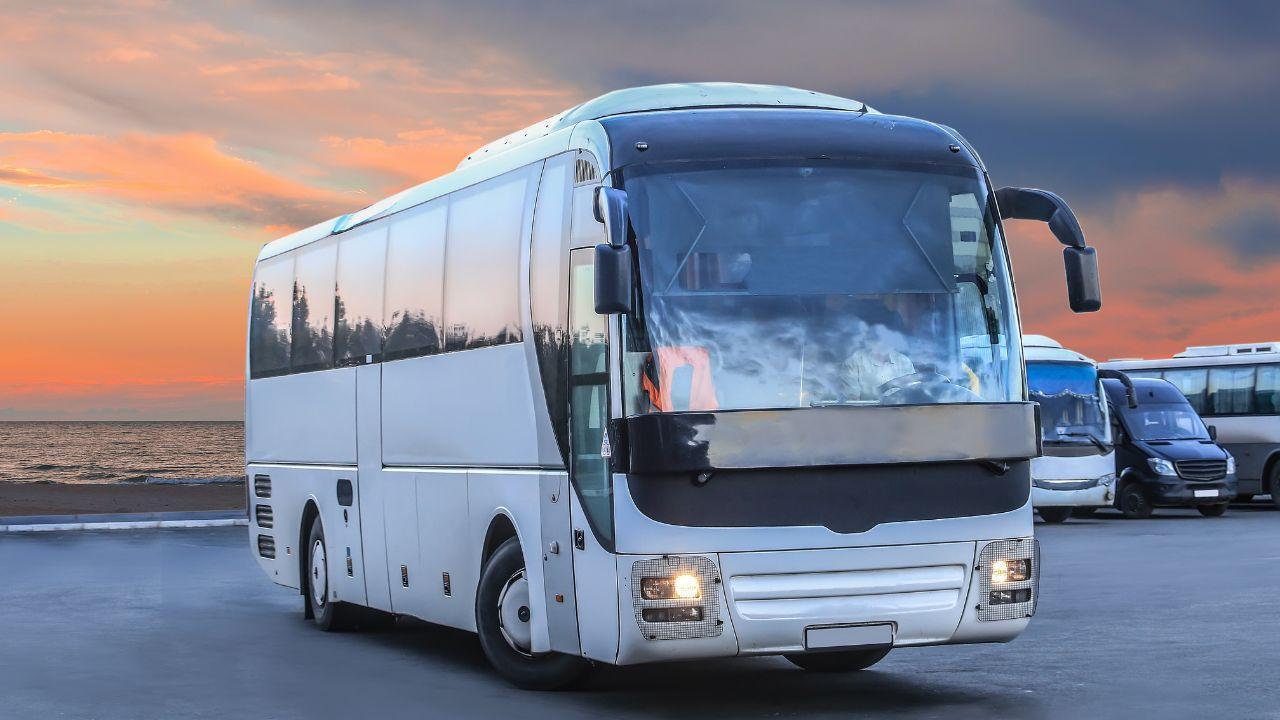
Viva ACP Boosts Bus Safety with Strong Lightweight Aluminium Panels
Viva ACP’s panels make buses safer lighter and stronger—saving energy and protecting passengers with

Steelpaint’s Stelcatec Coating Gets UK Rail Approval
Steelpaint’s Stelcatec coating approved by UK Network Rail for durable, fast, and effective protecti